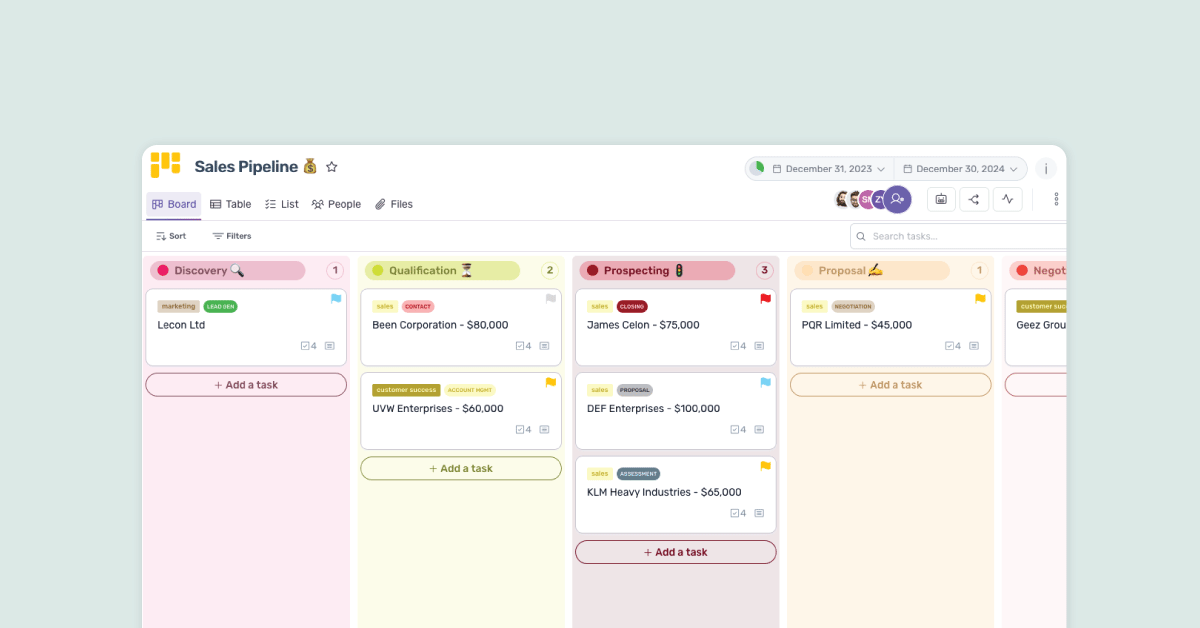Infrastructure automation has emerged as a game-changer. By streamlining and managing the underlying infrastructure components, it enables developers to focus on what truly matters – delivering high-quality software products. However, understanding and implementing infrastructure automation can often be a daunting task. This article aims to demystify the concept, shed light on its importance, explore its key components, discuss its role in software development, outline the implementation process, address challenges, and explore future trends.
Understanding Infrastructure Automation
Definition and Importance of Infrastructure Automation
Before diving deeper into the subject, let’s define infrastructure automation. Simply put, it is the practice of using software and tools to automate various tasks involved in managing and maintaining the infrastructure of a software system. This encompasses activities such as provisioning, configuration management, scaling, monitoring, and more.
The importance of infrastructure automation cannot be overstated. It enables organizations to achieve a high degree of consistency, scalability, and reliability in their infrastructure. By automating routine and repetitive tasks, developers can focus on more strategic and value-added activities, resulting in improved efficiency and productivity.
Key Components of Infrastructure Automation
Infrastructure automation is composed of several key components that work together to streamline the software development process:
- Provisioning: This involves the automated creation and configuration of resources such as servers, networks, and databases. With infrastructure automation, organizations can provision resources on-demand, reducing the time and effort required to set up and configure infrastructure manually. This not only saves time but also ensures consistency across different environments.
- Configuration Management: This ensures that the desired state of the infrastructure is maintained consistently and efficiently. It involves tools like Ansible, Puppet, and Chef, which allow organizations to define and manage infrastructure configurations as code. This approach eliminates manual configuration drift and enables easy replication of infrastructure across different environments.
- Monitoring and Alerting: By automating the monitoring of infrastructure components, potential issues or bottlenecks can be identified and addressed proactively. Infrastructure automation tools integrate with monitoring solutions to collect and analyze data, providing real-time insights into the health and performance of the infrastructure. Automated alerts can be set up to notify teams about any anomalies or critical events, enabling prompt action and minimizing downtime.
- Continuous Integration and Deployment: Infrastructure automation integrates seamlessly with CI/CD pipelines, allowing for the automatic deployment of software updates and releases. With infrastructure as code, organizations can version control their infrastructure configurations and apply changes consistently across different stages of the software development lifecycle. This not only speeds up the deployment process but also reduces the risk of errors and ensures that the infrastructure is always in sync with the application code.
By leveraging these key components, organizations can achieve a highly efficient and reliable infrastructure that supports their software systems. Infrastructure automation empowers teams to deliver software faster, with fewer errors, and with the ability to scale seamlessly as demand grows. It enables organizations to focus on innovation and delivering value to their customers, rather than getting bogged down by manual and repetitive infrastructure management tasks.
Furthermore, infrastructure automation plays a crucial role in ensuring security and compliance. By automating security controls and configurations, organizations can enforce consistent security measures across their infrastructure. This reduces the risk of vulnerabilities and ensures that security policies are applied consistently, minimizing the potential for security breaches.
In conclusion, infrastructure automation is a game-changer for organizations looking to optimize their software development process. It brings efficiency, scalability, reliability, and security to the forefront, enabling teams to focus on innovation and delivering value. By embracing infrastructure automation, organizations can stay ahead in today’s fast-paced and competitive digital landscape.
The Role of Infrastructure Automation in Software Development
Enhancing Efficiency in Software Development
One of the primary advantages of infrastructure automation is its ability to enhance efficiency in software development. By automating tasks such as environment setup, developers can quickly provision the required resources and focus on writing code. This reduces time-to-market and allows for faster iterations and frequent releases.
Imagine a scenario where a development team is working on a complex project with multiple dependencies. Without infrastructure automation, setting up the necessary environments for development, testing, and deployment can be a time-consuming and error-prone process. Developers would have to manually configure each environment, which not only takes up valuable time but also increases the risk of misconfiguration and inconsistencies.
However, with infrastructure automation, this process becomes streamlined and efficient. Developers can define the desired infrastructure configuration using code, and with a few commands, the entire environment can be provisioned automatically. This eliminates the need for manual intervention and ensures that every environment is set up consistently, reducing the chances of errors and compatibility issues.
Furthermore, automation promotes consistency and standardization across environments, reducing the risk of errors caused by manual configuration. It also facilitates collaboration and improves cross-team communication by providing a common infrastructure foundation that everyone can work with. With a shared understanding of the infrastructure setup, teams can collaborate seamlessly, leading to better coordination and faster development cycles.
Reducing Errors and Downtime
Another key benefit of infrastructure automation is its ability to reduce errors and minimize downtime. With automated provisioning and configuration, the risk of human error is significantly diminished. This ensures that deployments are consistent and reduces the likelihood of issues arising due to misconfiguration.
Imagine a scenario where a critical production environment needs to be updated with new features or bug fixes. Without automation, this process would involve manual steps, increasing the chances of mistakes that could lead to downtime or even system failures. However, with infrastructure automation, the entire deployment process can be automated, ensuring that each step is executed accurately and consistently.
In the event of failures or issues, automation enables quick remediation. With monitoring and alerting systems in place, potential issues can be detected and resolved promptly, minimizing the impact on end-users and enabling faster recovery. Automated monitoring tools can continuously monitor the health and performance of the infrastructure, alerting the operations team to any anomalies or potential issues. This proactive approach allows for immediate action, reducing the time it takes to identify and resolve problems, and ultimately minimizing downtime.
Overall, infrastructure automation plays a crucial role in software development by enhancing efficiency, reducing errors, and minimizing downtime. By automating repetitive and error-prone tasks, developers can focus on what they do best: writing code and delivering high-quality software.
Streamline Your Team’s Workflow with Teamhub
Ready to take the next step in enhancing your team’s efficiency and reducing errors in your software development process? Teamhub is here to elevate your collaboration to new heights. Our platform is the centralized hub you need for managing Projects and Documentation, ensuring your small team operates seamlessly. Embrace the future of teamwork and join the thousands of companies experiencing a productivity boost with Teamhub. Start your free trial today and discover the difference a single, intuitive platform can make.











